By: Nir Kshetri, University of North Carolina – Greensboro
 The world is full of connected devices – and more are coming. In 2017, there were an estimated 8.4 billion internet-enabled thermostats, cameras, streetlights and other electronics. By 2020 that number could exceed 20 billion, and by 2030 there could be 500 billion or more. Because they’ll all be online all the time, each of those devices – whether a voice-recognition personal assistant or a pay-by-phone parking meter or a temperature sensor deep in an industrial robot – will be vulnerable to a cyberattack and could even be part of one.
The world is full of connected devices – and more are coming. In 2017, there were an estimated 8.4 billion internet-enabled thermostats, cameras, streetlights and other electronics. By 2020 that number could exceed 20 billion, and by 2030 there could be 500 billion or more. Because they’ll all be online all the time, each of those devices – whether a voice-recognition personal assistant or a pay-by-phone parking meter or a temperature sensor deep in an industrial robot – will be vulnerable to a cyberattack and could even be part of one.
Today, many “smart” internet-connected devices are made by large companies with well-known brand names, like Google, Apple, Microsoft and Samsung, which have both the technological systems and the marketing incentive to fix any security problems quickly. But that’s not the case in the increasingly crowded world of smaller internet-enabled devices, like light bulbs, doorbells and even packages shipped by UPS. Those devices – and their digital “brains” – are typically made by unknown companies, many in developing countries, without the funds or ability – or the brand-recognition need – to incorporate strong security features.


 Researchers at KTH have successfully tested a new material that can be used for cheap and large-scale production of hydrogen – a promising alternative to fossil fuel.
Researchers at KTH have successfully tested a new material that can be used for cheap and large-scale production of hydrogen – a promising alternative to fossil fuel. Lenses are no longer necessary for some microscopes, according to the engineers developing FlatScope, a thin fluorescent microscope whose abilities promise to surpass those of old-school devices.
Lenses are no longer necessary for some microscopes, according to the engineers developing FlatScope, a thin fluorescent microscope whose abilities promise to surpass those of old-school devices.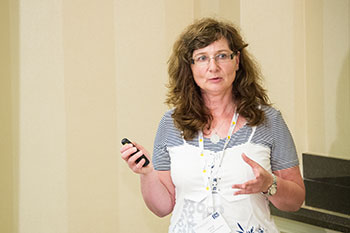 Topic Close-up #9
Topic Close-up #9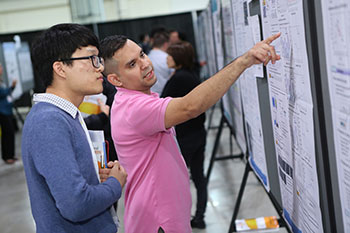 Join us as ECS comes to the Seattle Sheraton and Washington State Convention Center in Seattle, WA! Our strong
Join us as ECS comes to the Seattle Sheraton and Washington State Convention Center in Seattle, WA! Our strong 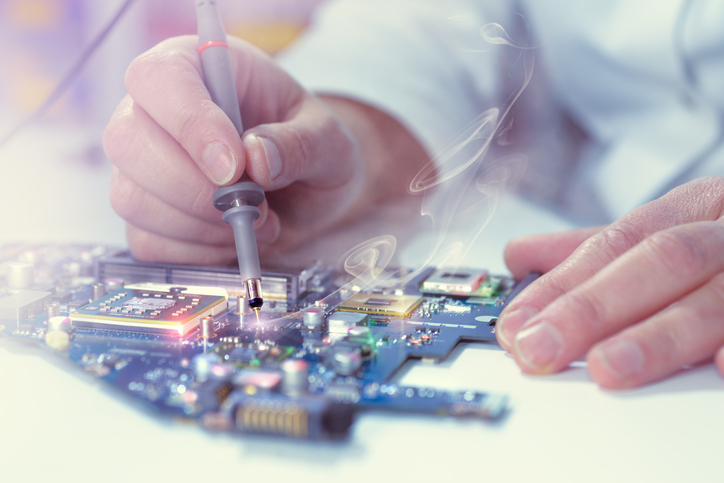 Why do synthetic 2D materials often perform orders of magnitude worse than predicted? A new understanding of this scenario could improve the materials’ performance in future electronics, photonics, and memory storage.
Why do synthetic 2D materials often perform orders of magnitude worse than predicted? A new understanding of this scenario could improve the materials’ performance in future electronics, photonics, and memory storage.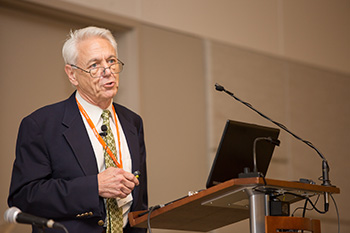 Topic Close-up #8
Topic Close-up #8 In order to power entire communities with clean energy, such as solar and wind power, a reliable backup storage system is needed to provide energy when the sun isn’t shining and the wind doesn’t blow.
In order to power entire communities with clean energy, such as solar and wind power, a reliable backup storage system is needed to provide energy when the sun isn’t shining and the wind doesn’t blow.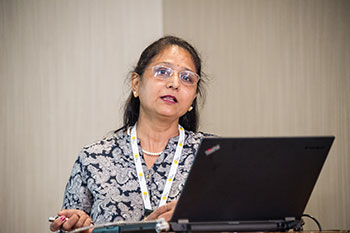 Topic Close-up #7
Topic Close-up #7